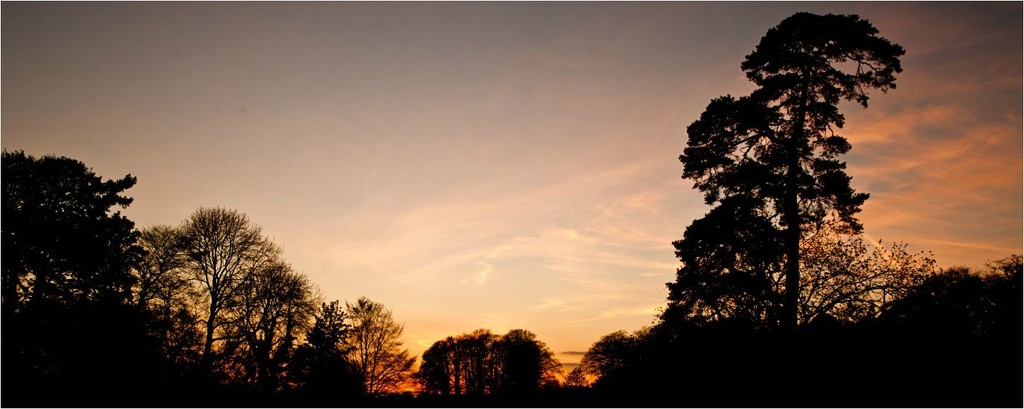![]()
Silhouette (photographic)
The digital image sensor in the camera sees a silhouette when a foreground-object is placed in front of a strongly lighted background. The foreground-object looks black. The contrast between the very bright background and the relatively dark foreground object is so large the image sensor, cannot resolve the detail of the darker object.

A brighter background light than the foreground subject by more than two stops creates a silhouette.
View large.
Silhouette in our eyes…
Our eyes are better than an image sensor at seeing the detail in contrasting light situations. However, very large differences mean we too see only a silhouette. For example we might see only the silhouette of a small toy held up against a very bright sunny sky. We will probably not be able to see the detail of the toy against the brightness of the sunny sky leaving it black to our eyes.
In photographic terms, more than two stops difference between foreground object and bright background will tend to create a silhouette. A brighter background or darker foreground object will deepen the blacks in the silhouette.
A guide to creating a silhouette
The contrast of two stops of light or more between an object and s bright background is a good guide for shooting silhouettes. This is because, generally, the DSLR sensor cannot resolve more than two stops of light.
The two-stop guide is not exclusive. Some colours may still be resolved by the camera in the foreground (darker) object at two stops difference. Sensors differ too. Different types may have the ability to resolve less than or, greater than, two stops of contrast. You can assess the contrast resolving ability of your sensor by test shots. Use a hand held light meter to measure the difference in contrast between the foreground subject and background brightness.
Metering
The effectiveness of the camera light meter in determining tones may also be a factor. If you are metering the contrast between the two with a hand-held meter that may give a different result to the camera meter and so some test shots might be necessary to verify a silhouette has been created.
In practical terms you should aim for as much contrast between foreground object and the background bright light. The greater that contrast the more likely you are to create deeper blacks in the silhouette.
The future of silhouettes
As image sensors are improving all the time. Future silhouette work may not be as easy as it is today. The dynamic range of contrasts the camera can ‘see’ is increasing. As better sensors are released we will need a bigger difference than two stops light intensity between foreground object and background.
